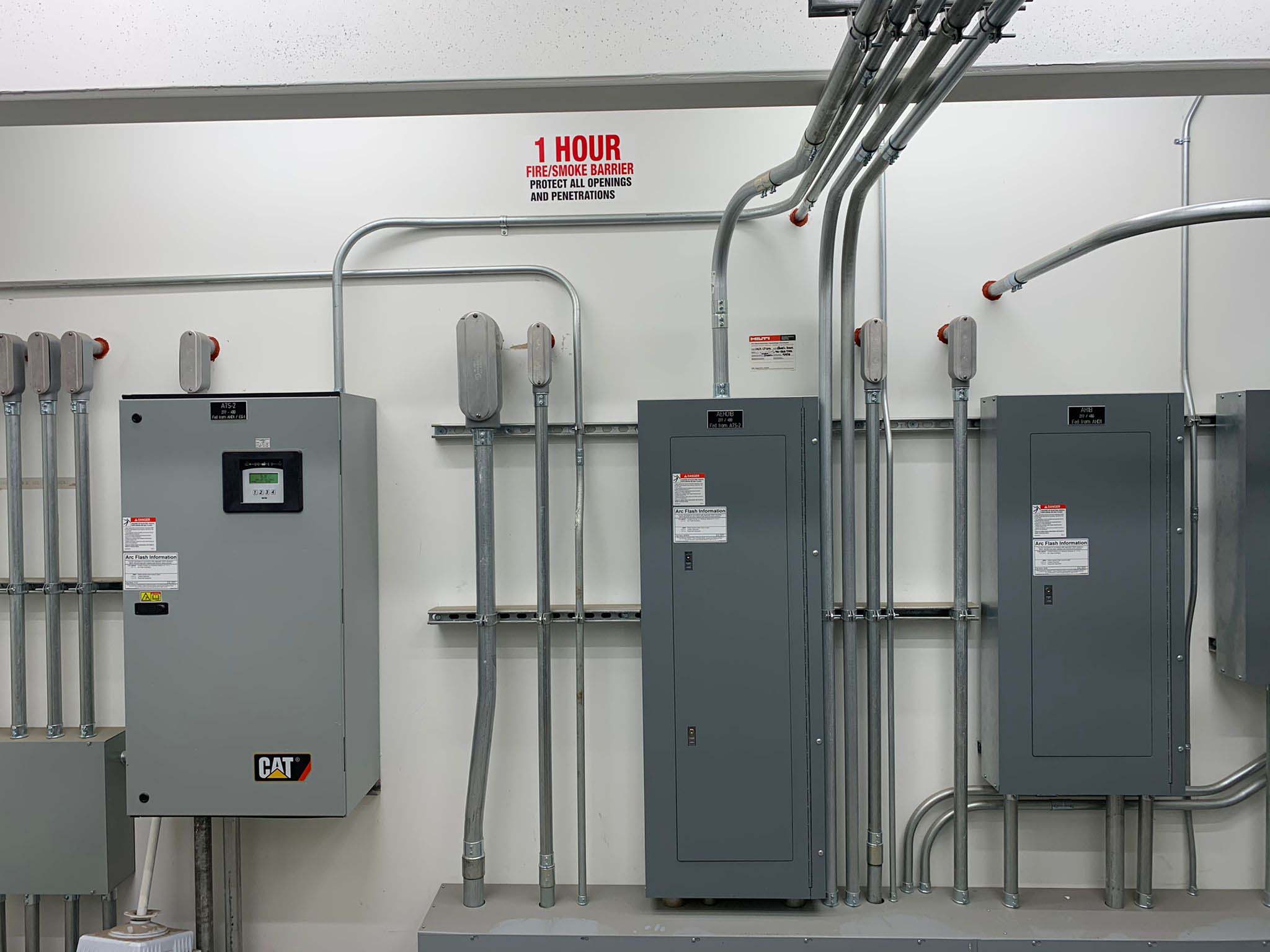
Big regulatory decision spells WIN for electric vehicle owners
Last week, the state of California announced new submetering protocols for residential EV charging. This change will allow residential EV owners to charge their cars at a lower kWh price than the rate billed for power used in other capacities without the need of additional, costly equipment to measure EV-specific charging. Prior to this change, EV drivers charging at their homes were only eligible for special, reduced rates if they installed a dedicated EV meter. The transition to sub-metering allows residents across the state to forgo the costly addition (regardless of rebate amount) of installing an entirely separate EV meter at their homes while still enjoying a reduced price.
According to the Alternative Fuels Data Center, the Los Angeles Department of Power and Water―one of the largest utilities in the state― previously offered a $.025 per kWh discount for electricity used to charge EVs during off-peak times, in addition to a $250 rebate if residents chose to install a dedicated time-of-use meter specifically for their EV. These incentives expired in January of this year, making the sub-metering decision a timely and necessary shift in the electric vehicle world.
A definitive positive for EV drivers, this utility-compliance change also offers many benefits to the ever-growing EV market as a whole. Increased accessibility to reduced billing rates naturally leads to higher EV sales as the fear of pricey charging is adequately assuaged and more buyers choose to make the switch, an oft-cited barrier to mass EV adoption. EV-specific rates also help lower the cost of ownership over the course of a vehicle’s life, which is a particularly large barrier to EV purchase, as found in a survey conducted earlier this year. Our previous findings that EVs are almost always cheaper to own long-term than traditional ICEVs, despite their higher sticker price at time of purchase, still isn’t common knowledge, nor is it psychologically compelling. It’s far easier for consumers to ‘play it safe’ when seeing such vast sticker price discrepancies at time of purchase, so decisions like this at the state level can help radically accelerate mass EV adoption as consumers are able to see more clearly the way their overall costs will be reduced by driving an EV.
While the largest aspect of the new regulations involves submetering, there’s an additional benefit that can’t be overstated: changes to communication protocols “that enable customers to realize greater electric grid benefits by allowing them to optimize charging and to participate in programs such as demand response― for both their and the grid’s benefit,” according to California Public Utilities Commission President Alice Busching Reynolds. These changes enable vehicle-grid integration, a vitally important consideration as more and more EVs make it onto California roads. Ignoring the increased burden to the grid due to EV adoption could have disastrous results, but these communication protocols― many of them tested and trial-ran by various utility companies― help address the additional burden on the grid before it becomes an issue. Such protocols enable demand-response charging so that EVs charge at off-peak or super off-peak times (lessening their burden on the grid during on-peak hours), and future bi-directional charging that both supplies the grid with power while also allowing EV owners to sell energy back to the grid and lessen their utility bills.

0 comments